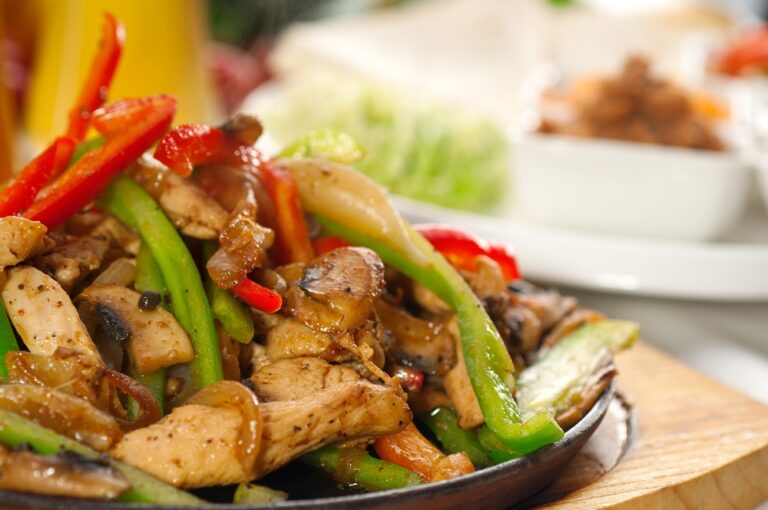By Danielle Carter
Elanco held its annual Layer Conference last month where Kim Malley, Retail Insights Manager from AHDB, discussed some of the key consumer trends around meat consumption and the impact that these might have on the poultry sector.
Despite the media spotlight being firmly focused on plant-based diets such as veganism, vegetarianism, and flexitarianism, the consumption of poultry across the globe continues to rise and plant-based diets are still very much the minority.
Malley presented research by AHDB and Future Thinking, exploring triggers and barriers for shoppers buying meat. Prior to even entering the supermarket, the research showed 28% of consumers plan every meal and 41% plan certain meals whilst allowing themselves the flexibility to change day by day as required.
Although certain criteria were deemed essential in every meal – taste, quality, and suitability for the whole family – other elements varied depending on whether it was a weekday or a weekend meal. For example, criteria considered necessary for a weekday meal included good value, easy and quick to cook, and healthy whereas weekend meals were more of a treat, that could be challenging to cook as time wasn’t so limited, and consumers were more willing to try something different.
Poultry and beef mince were perceived to be good for the family, good value, convenient and poultry was singled out as being healthy, but neither were viewed a treat and both types of mince were aligned firmly with the weekday criteria. Conversely lamb was considered to be tasty, quality, and a treat meal, but lacking in health, value and convenience benefits placing this meat in the weekend category.
One category which clearly needs some additional attention was added value e.g. chicken in a bag or pre-marinated meats. Although these products were seen as convenient, no other positives were highlighted by consumers and health and quality were perceived to be lacking.
‘Meat and two veg’ has long been regarded as the cornerstone of any good meal, however this traditional meal plan is being overtaken by a dish-based approach. A 2% reduction in occasions placing meat as the meal focus was recorded between 2014-2018 and conversely a 7% increase was seen in occasions of dish-based cuisines such as Italian, American and Chinese, where meat is simply one of the ingredients of the dish.
Consumer confidence is currently at -14%, said Kim Malley, the lowest it has been since the credit crunch era of 2007 and this is understandably having a knock-on effect on purchasing behaviour. Brexit is also having a significant effect with 88% voicing concerns over the impact it will have on food prices – the top concern above energy bills and petrol costs.
Consumers are influenced by an array of factors, however the research revealed that these vary considerably between pre-shopping conceptions and what actually happens at the point of purchase. Whilst at home, 25% of consumers believed that choosing British or local meat was important, but only 9% actually let it impact their decision when in store. Similarly, 13% considered quality assurance marks to be important beforehand, but during the purchasing experience only 5% let these enter their decision-making process. AHDB has just released a version of the research based on the online shopper journey, highlighting the differences to in-store, which can be found on its website.
Whilst the consumer journey varies from one person to the next, there are trends that are very apparent. The benefits of poultry certainly appear to outweigh the negatives, with the only perceived negative being that it is not a treat. With weekdays making up a larger proportion of our weeks than weekends, the place for poultry within meals does not look like it will wane anytime soon. In fact the research showed 28% of consumers claim they will buy more British food post-Brexit so the market may see an increase in those that not only plan to buy British or local meat, but also those that follow through on this affirmation at purchase.


